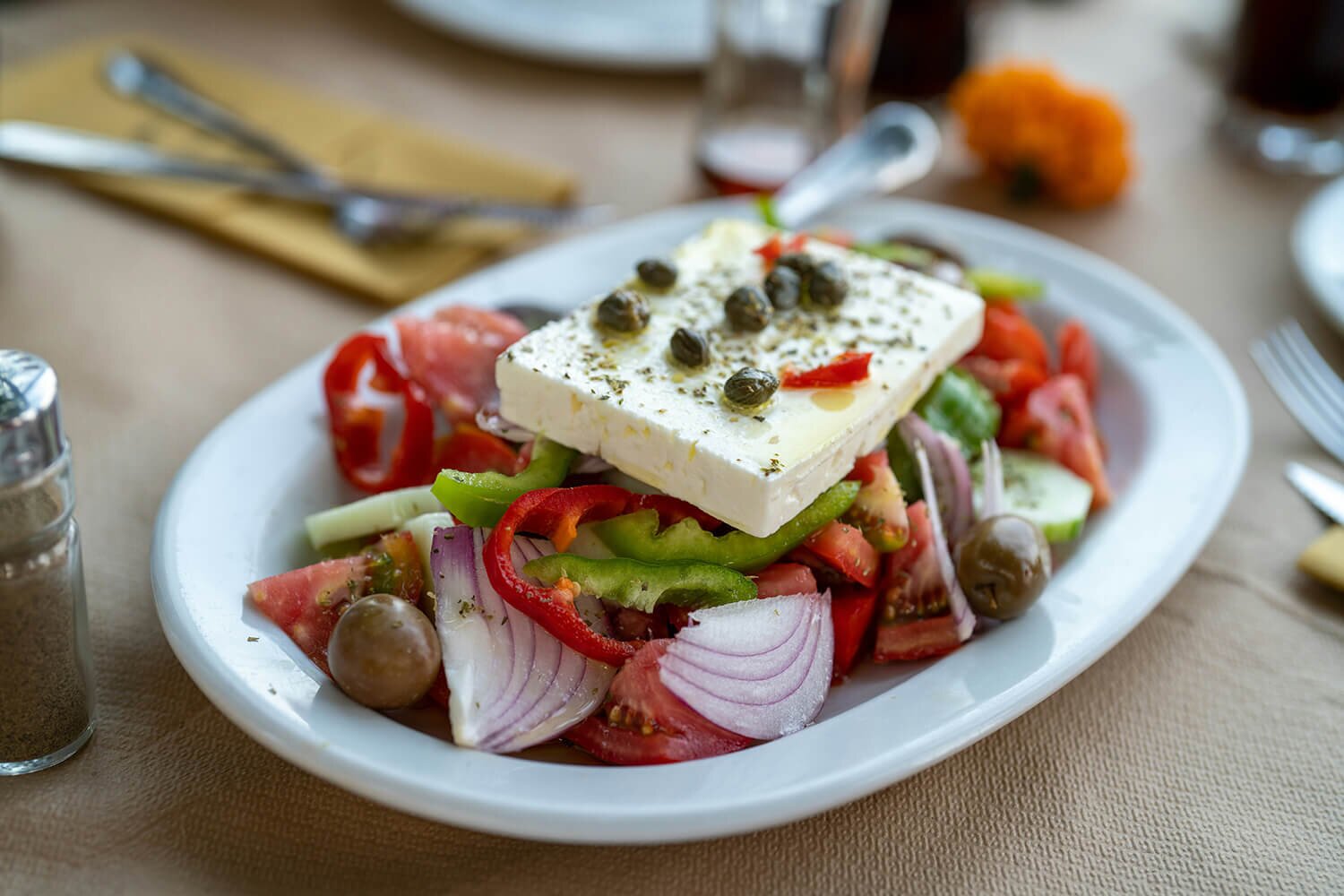TOP-7 most popular diets in the world: features, history, and nutrients

Today, more and more people are turning to healthy eating to improve their quality of life and maintain their health. There are many diets worldwide, each with its own features and unique approaches to nutrition. Mixsport has reviewed the seven most popular diets that have gained recognition for their effectiveness and health benefits.
1. Mediterranean Diet
The Mediterranean diet includes a large amount of vegetables, fruits, nuts, seeds, fish, whole grains, and olive oil. It also allows for moderate wine consumption and excludes processed foods.
History and Origin:
The Mediterranean diet is based on the eating traditions of Mediterranean countries, such as Italy and Greece, and was popularized in the 1960s through the research of cardiologist Ancel Keys, who noticed the low rate of cardiovascular diseases in these regions.
Nutrients:
This diet is rich in unsaturated fats, proteins (about 15–20% of total calories), and fiber. The main sources of protein are fish and legumes.
Popular Dishes:
Quinoa salad with vegetables, grilled salmon with olive oil, pasta with vegetables and nuts.

You can learn more about the very popular Mediterranean diet in the article "Mediterranean diet: what is it, benefits, menu".
2. Ketogenic Diet
The keto diet focuses on high fat intake (70–75% of total calories) and minimal carbohydrates (5–10%), forcing the body to use fat as its primary energy source. Proteins make up about 20–25%.
History and Origin:
This diet was first developed in the 1920s by doctors to treat epilepsy. In recent years, the keto diet has become popular as a means for quick weight loss and blood sugar control.
Nutrients:
It is high in fats, moderate in protein, and almost devoid of carbohydrates. The emphasis is on fats from sources like avocado, nuts, and oils.
Popular Dishes:
Keto pizza with almond flour, scrambled eggs with avocado and cheese, chicken in creamy sauce.
3. Intermittent Fasting
Intermittent fasting is more of an eating pattern than a diet, where a person eats within a specific time window. The most common schedules are 16/8 (16 hours of fasting, 8 hours for eating) and 5/2 (5 days of regular eating and 2 days with calorie restrictions).
History and Origin:
The practice of intermittent fasting has been known since ancient times, but it gained popularity in the 2010s thanks to the work of Dr. Jason Fung.
Nutrients:
It's not just the duration of fasting that matters, but also the quality of the food consumed. Intermittent fasting allows for any diet, but it's important to maintain a balance of macronutrients – proteins, fats, and carbohydrates.
Popular Dishes:
Omelet with vegetables, salads with salmon or chicken, dishes with quinoa and legumes.
4. Paleo Diet
This diet includes foods that our ancestors ate during the Paleolithic era. It consists of meat, fish, vegetables, fruits, nuts, and seeds, excluding grains, dairy products, and sugar.
History and Origin:
The paleo diet was popularized in the 1970s by Dr. Walter Voegtlin, who believed that modern diets lead to many diseases.
Nutrients:
The diet is rich in proteins (30–35% of total calories), fats (40%), and moderate carbohydrates from vegetables and fruits.
Popular Dishes:
Grilled fish with vegetables, beef steaks, salads with nuts and seeds.
5. Vegan Diet
The vegan diet completely excludes animal products: meat, fish, dairy products, and eggs. It is based on vegetables, fruits, legumes, nuts, seeds, and grains.
History and Origin:
Veganism as a movement began in 1944, thanks to Donald Watson, who founded The Vegan Society. In recent decades, the vegan diet has gained widespread popularity due to environmental and ethical motives.
Nutrients:
The diet is rich in fiber, vitamins, but requires special attention to protein sources (legumes, tofu) and vitamin B12, which must be taken as supplements.
Popular Dishes:
Tofu with vegetables, vegetable curry with chickpeas, quinoa salads.

6. DASH Diet
The DASH diet (Dietary Approaches to Stop Hypertension) was developed to reduce blood pressure. It includes vegetables, fruits, whole grains, and lean proteins, limiting salt and saturated fats.
History and Origin:
The DASH diet was developed in the 1990s by a group of American doctors and nutritionists to combat hypertension.
Nutrients:
It is recommended to have about 25–30% proteins, 25–30% fats, and 45–55% carbohydrates per day. Sodium intake is restricted.
Popular Dishes:
Stewed chicken with vegetables, oatmeal with berries, steamed fish patties.
7. High-Protein Diet
This diet focuses on a high intake of protein – up to 35–40% of total calories. It is suitable for people who want to gain muscle mass or lose weight.
History and Origin:
The high-protein diet became popular in the 2000s thanks to the Atkins diet and other low-carb approaches.
Nutrients:
The main focus is on proteins from meat, fish, legumes, and dairy products, which form the basis of the diet.
Popular Dishes:
Grilled chicken breasts, omelet with ham, steak with vegetables.
The choice of diet depends on individual goals and body features. Each of these diets has its benefits, and with the right approach, you can choose the one that best suits your lifestyle and needs.



